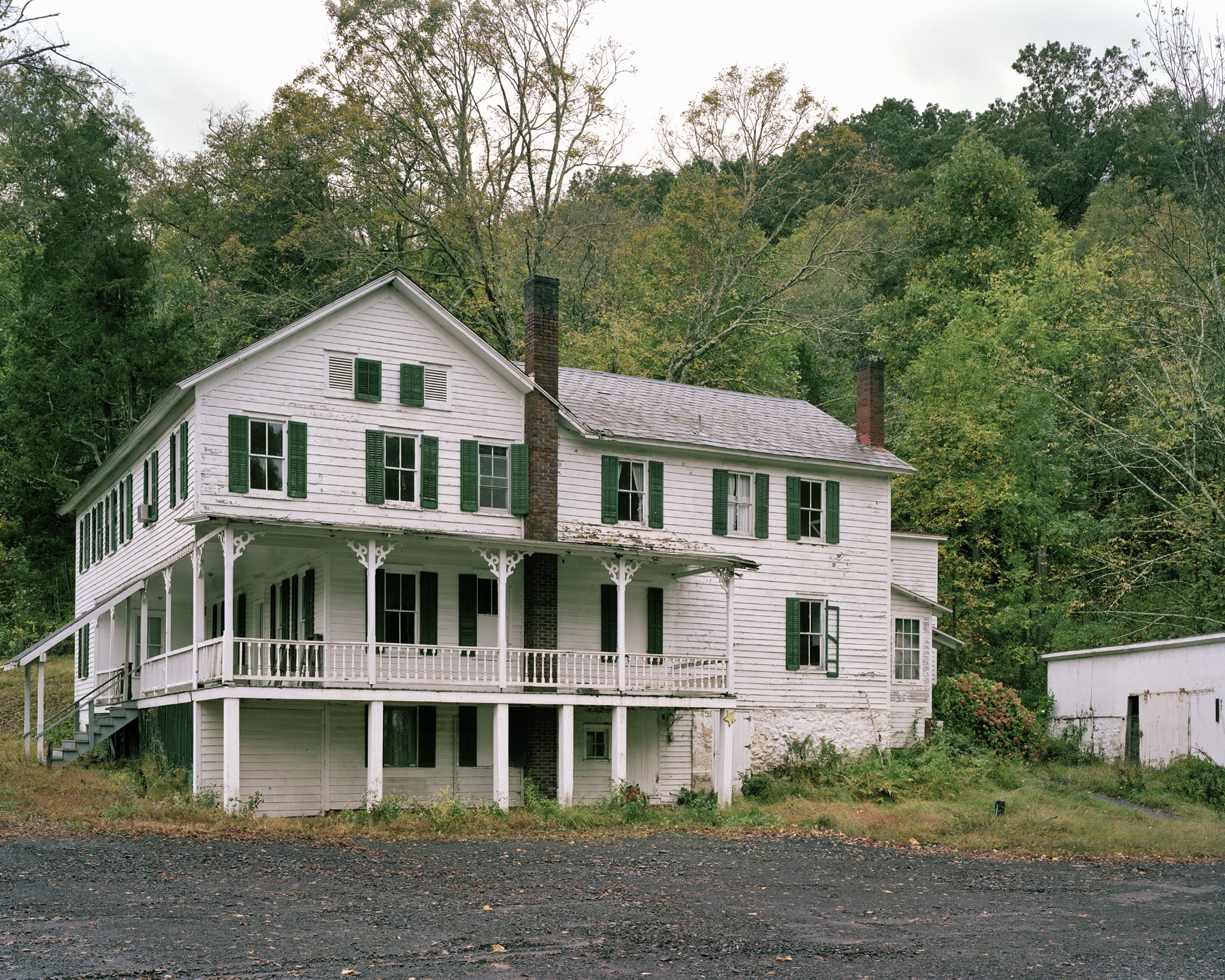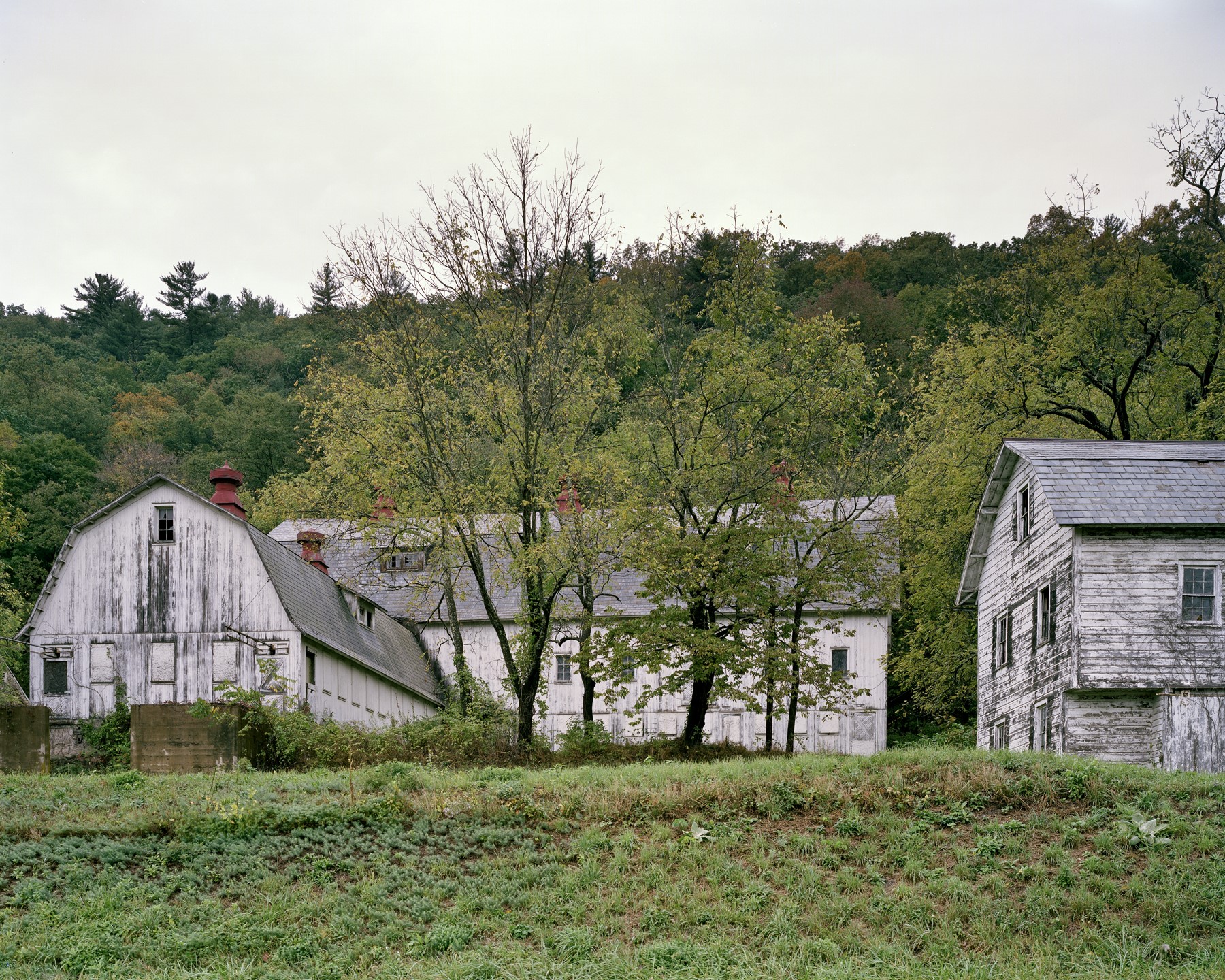Opposition
Displaced homeowner and landowner opposition to the Tocks Island Dam

In 1965 a number of the landowners formed the Delaware Valley Conservation Association (DVCA) to fight the dam project. In 1966 over 600 residents filed a class action lawsuit against the project, the largest-ever class action suit in the eastern United States.[1] The organization ultimately grew to over 1,000 members and also convinced the Sierra Club and Friends of the Earth to join their opposition. Nancy Shukaitis, a local housewife, was the first chief spokesperson of the DVCA. She was later elected to the Monroe County, Pennsylvania Board of Commissioners. It was Ms. Shukaitis’ leadership followed by the leadership of other women, most of whom described themselves as “housewives,” that kept the organization going.
 © Richard Wasserman, 2010
© Richard Wasserman, 2010
The DVCA ultimately lost their lawsuit. The Pennsylvania State Supreme Court dismissed the case in 1967. Later the U.S. Supreme Court refused to take the case on appeal. While DVCA had not expected to win the suit, they felt that it was a good way to get the issue out in front of policy makers and get more attention to what they saw as the inappropriate taking of land through eminent domain. They also raised the issue of the loss of the pristine Minisink Valley—the portion of the Delaware River Valley near the Water Gap—along with historical and archeological sites. Concerns about increased crime, traffic, pollution, and garbage were raised.[2] While the DVCA lost their battle over eminent domain and recognized that their property was gone, they became a part of the political mix as opposition to the dam emerged on multiple fronts.
[1] Richard C. Albert, Damming the Delaware; Gale Tellefsen, Tocks Island Dam: an analysis of the environmental movement (1992). Theses and Dissertations. Paper 149. Easton, PA, Lehigh University.
[2] Tellefsen.

